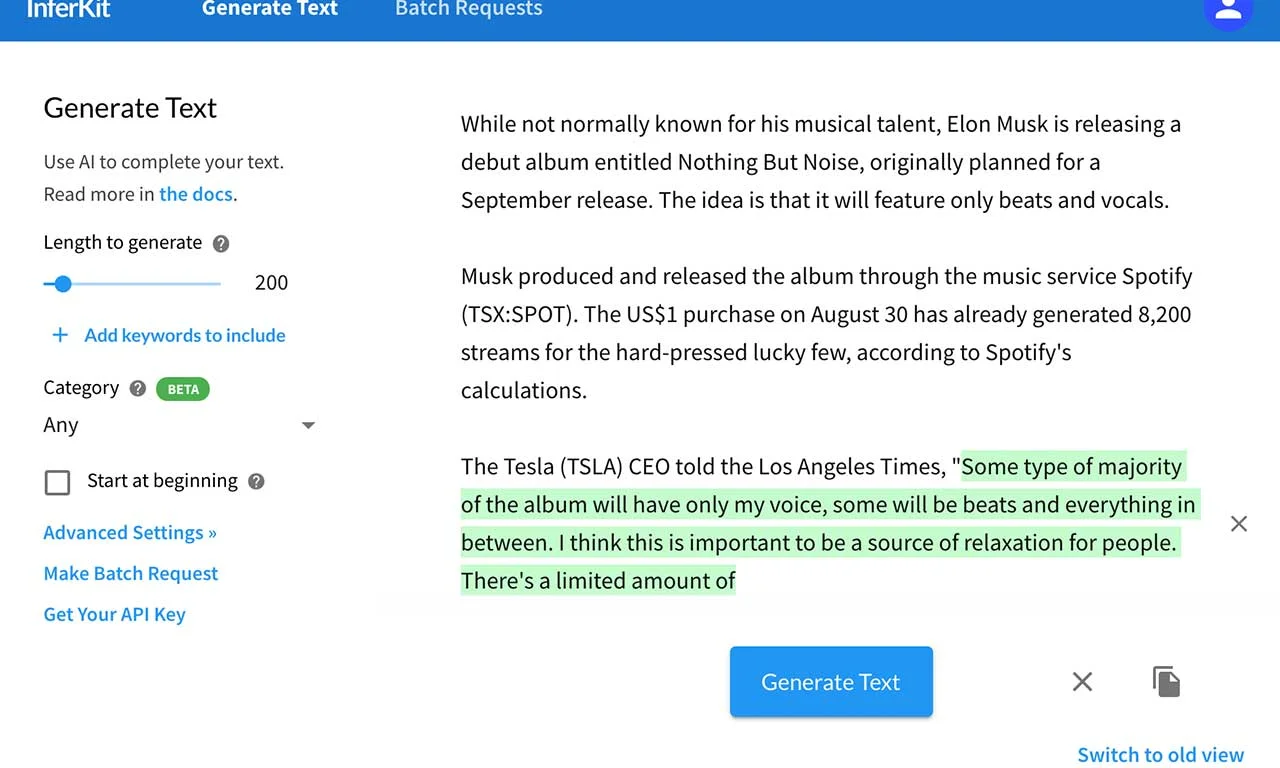This invention has the potential to transform the market for cheap homes and tackle the world’s housing problems.
Construction of the Internet of Things (IoT)
The Internet of Things has migrated into the construction industry, bringing connection and automation to the job site. Real-time monitoring of construction operations is made possible by IoT-enabled devices like smart sensors, wearables, and equipment trackers that collect useful data. This data-driven strategy improves resource efficiency, increases production, and anticipates maintenance needs.
To put it simply, the CDE in construction is a single hub that holds project data, papers, models, and communications, facilitating smooth cooperation between the many teams participating in the building process.
What Makes a Common Data Environment Special?
A strong CDE generally has many essential components that make it crucial in the construction sector:
Versioncontrol:
With multiple changes and updates made during the construction lifecycle, version control makes the guarantee that everyone is working with the most recent versions of the documents, minimizing mistakes and rework.
Document Management:
CDE simplifies the management of documents, making it simple to store, classify, and quickly locate crucial project files.
Access Control:
Strict access controls are put in place to protect sensitive data, making sure that only people with the proper authorization may access certain data.
Real-time Collaboration:
By removing communication barriers and promoting real-time cooperation across project teams, CDE enhances decision-making.
Audit Trails:
The platform keeps thorough records of all actions performed within the CDE, making it simple to follow changes and offering a transparent audit trail.
Integration of CDE and BIM
Another disruptive technology in the construction sector is building information modeling (BIM). Integration of CDE and BIM is a potent combo that improves project management. Through this connectivity, all BIM-related files and data are accessible via the CDE, giving all project stakeholders—architects, engineers, contractors, and others—a complete picture of the undertaking and encouraging seamless cooperation.
Privacy and Security Issues
While a Common Data Environment has many advantages, it is impossible to disregard the problem of data security and privacy. Sensitive data is frequently involved in construction projects, so it’s crucial for businesses to have strong security measures in place, such as encryption and access restrictions, to prevent data breaches and unauthorized access.
Conclusion
The Common Data Environment has revolutionized how projects are planned, carried out, and managed in the construction sector. CDE facilitates efficient communication, simplifies workflows, and increases overall project efficiency by offering a centralized and collaborative platform. Adopting this technology may result in significant gains in productivity, cost reductions, and risk reduction, making CDE a priceless resource for construction firms aiming for excellence in the modern construction era.


















